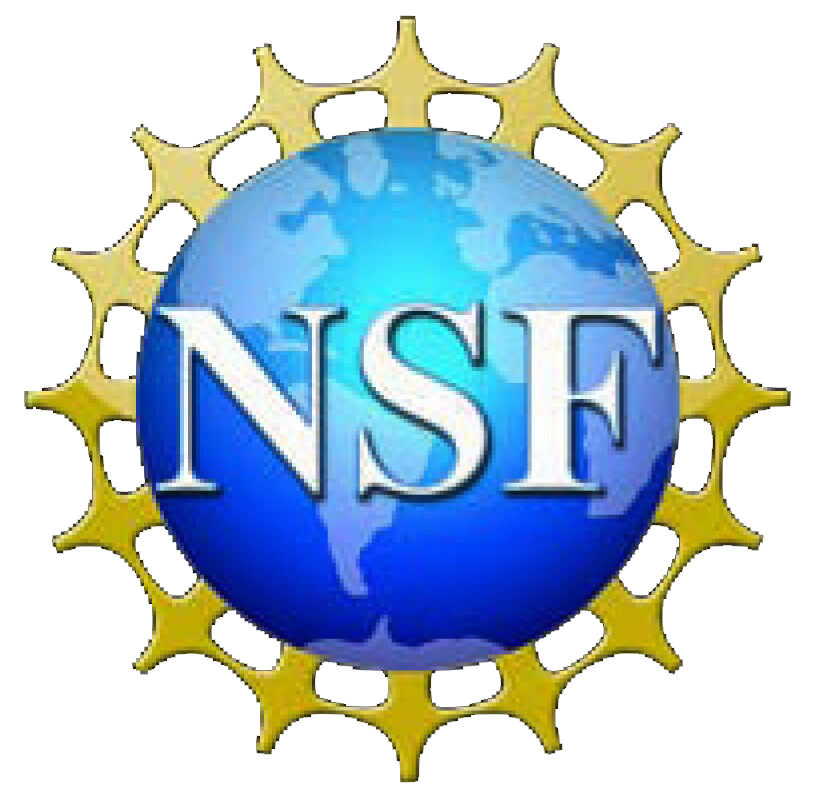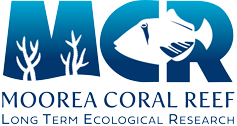Year:
2022
Authors:
Source:
Ph.D. Dissertation
Abstract:
Microbial symbionts influence the physiology of their hosts and have the capacity to shape holobiont responses to environmental change. While microbial assemblages can sometimes be a detriment to their hosts during stress, they can also increase the adaptive and plastic potential of holobionts. Corals have an obligate nutritional symbiosis with dinoflagellates in the family Symbiodiniaceae and harbor additional microbial consortia including viruses and bacteria. Characterizing community-level microbial dynamics, such as changes in diversity and symbiont-symbiont interactions, is vital to understanding the health trajectories of coral holobionts as climate change progresses. In this dissertation, I investigate host-symbiont dynamics in three different coral holobiont systems that vary in their stress tolerance and in the composition and flexibility of their Symbiodiniaceae, bacteria and/or viral assemblages. In my first chapter, I investigate how nitrate enrichment, a common component of anthropogenically-sourced coastal runoff, alters Symbiodiniaceae-host dynamics and bacterial communities in Pocillopora acuta holobionts and their larvae. We find that, after a year of nitrate enrichment, holobionts reached a new stable equilibrium characterized by elevated symbiont densities and unaltered bacterial communities; offspring of these holobionts were unaffected. In my second chapter, I examine the relationship between Symbiodiniaceae community diversity and coral stress response in Acropora millepora holobionts. Holobionts that performed best in response to a variety of climate-change related stressors were characterized by low diversity Symbiodiniaceae assemblages that remained stable over time, while holobionts that experienced the most mortality during the stress treatments had more stochastic communities. In chapter three, I characterize the prevalence and diversity of symbiont-infecting viruses across a reefscape. We find that Symbiodiniaceae-infecting positive-sense RNA viruses are prevalent and persistent components of Porites lobata holobionts. Furthermore, viral diversity and productivity were shaped by environmental conditions. Taken together, accounting for multipartite interactions and symbioses within holobionts is vital to understand holobiont responses to climate change and develop innovative microbial therapies to support coral reef resilience.
Publication Type:
Thesis or Dissertation
Publisher:
Rice University



